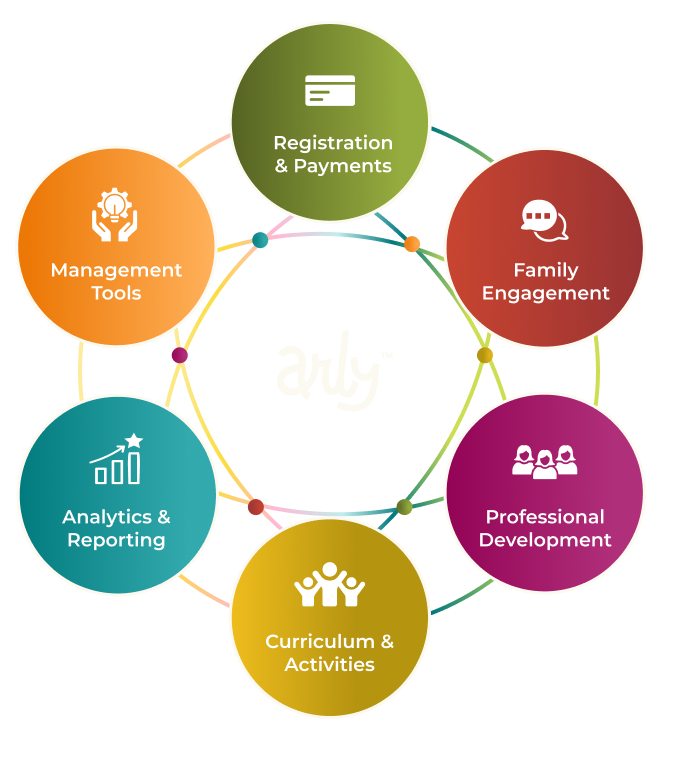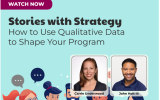Best Practices: How to Conduct Early, Robust Program Planning
By Arly Communications on May 23, 2023
Excellent youth programs don’t happen by accident. A successful youth program starts with careful planning to ensure everything runs smoothly and you accomplish your goals. Let’s look at the key areas that deserve your focus for robust program planning that sets you up for success.
Set program goals.
Start with the big picture. At least two months before the launch of your program, you should conduct a needs assessment and articulate your overall goals for your program, enrollment, and staffing. Make sure goals are SMART (specific, measurable, attainable, realistic, and timely) so you have a well-defined target and a means of measuring success. This step should guide the rest of your planning. Communicate your goals with other stakeholders, including your internal team.
Establish a schedule.
Establish a plan for your planning. In other words, you need to specify all the tasks you need to complete and when you need to complete them to ensure you stay on track. Resources like those provided by Arly, such as our program planning checklist, can help. A lot goes into program planning, so it’s easy for tasks to fall through the cracks if you don’t have a schedule to follow.
Draft your budget.
Your budget is an important aspect of your program. You may already have a grant or some other form of funding to launch your program, or you may still be exploring fundraising options. Either way, you can begin to determine your program costs and how you’ll cover all your expenses.
Strategize for staff recruitment.
Your program is made up of people, so don’t forget to prioritize finding the right ones when planning your program framework. Consider how you’ll recruit staff members (paid, volunteer, or a combination of both) so you can begin staffing your program. Be sure you have screening procedures in place to ensure your staff consists of people with the passion and expertise needed for your program’s success.
Choose or create your curriculum.
If your program will use a curriculum to guide activities, you should identify that curriculum now. Many considerations go into choosing or creating a curriculum, but the key is to stick to a curriculum that will directly support your program goals. If you’re partnering with a school, consider working with them to either use their curriculum or ensure your curriculum complements theirs.
Establish your program’s agenda.
Another major decision is what your program schedule will look like. Before you get to weekly and daily agendas, you need to figure out your annual calendar. Consider community needs (and the school calendar, if applicable) to determine your beginning and end dates, which days of the week your program will run, and when you plan to take breaks. For instance, for a summer program, will you best serve families in your community by offering week-long camps, or by offering a summer-long program with transportation and meals provided?
Create practical policies and procedures.
Determine your program’s policies and procedures so that no logistics are left up to question. For instance:
- How will drop-offs and pick-ups work?
- What information will you require for enrollment?
- What is your behavior management strategy?
These considerations are essential to how your program will function day to day. Create a handbook for your staff, and cover in your onboarding training, so everyone is familiar with the program policies and procedures before the first day.
Develop a communication plan.
A solid communication strategy is key for any successful program. You need to develop a plan for staying in touch with families, funders, staff, community partners, and other stakeholders. You’ll want to think about this early since your communication strategy should be put into action well before day one of your program. Start getting folks excited about the awesome work you’ll be doing to rally their support.
Use the right tools for program planning!
Staying organized throughout the planning process is critical. The Arly platform can help you plan your programs, manage logistics, track data, and more. With our program planner, you can stay organized and in control as you build and manage your program. We provide a curated step-by-step to-do list rooted in decades of research on what goes into a high-quality program, complete with pre-loaded tasks based on proven best practices.
Get started by checking out our downloadable resource, Program Planning Highlights!






%20(43).png)

%20(39).png)
%20(20).png)
%20(8).png)